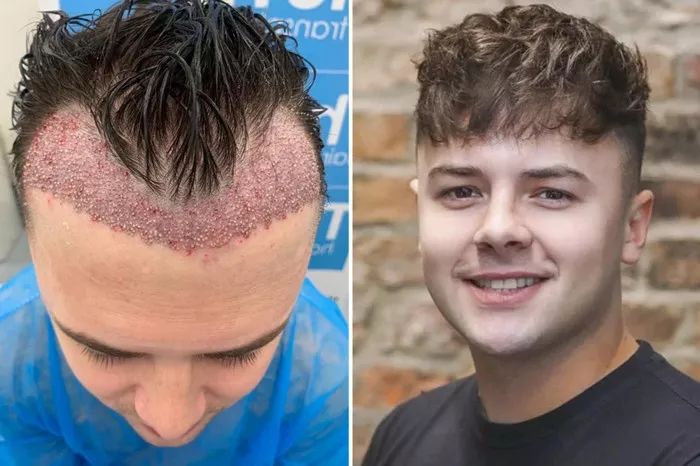Undergoing a hair transplant is a significant decision, and individuals often find themselves with questions about post-transplant care and maintenance. One common query that arises is whether it’s safe to trim transplanted hair. In this article, we explore the considerations and guidelines surrounding trimming transplanted hair to ensure individuals make informed decisions about their post-transplant hair care routine.
Understanding the Transplant Process: A Recap
Before delving into the topic of trimming transplanted hair, it’s essential to revisit the hair transplant process. During a hair transplant, hair follicles are typically harvested from a donor area—often the back or sides of the scalp—and transplanted to the recipient site, where hair loss has occurred. The success of the transplant relies on the survival and regrowth of these transplanted follicles.
Post-Transplant Growth Timeline: Patience is Key
Following a hair transplant, individuals should expect a gradual regrowth of hair. The initial weeks may involve some shedding, which is a normal part of the process. Subsequently, the transplanted hair will enter a dormant phase before regrowing, with noticeable results becoming apparent over several months. Patience is a key virtue during this post-transplant growth timeline.
When Can I Start Trimming?
The timing for trimming transplanted hair is a critical consideration. In the initial weeks and months after a hair transplant, the focus should be on allowing the transplanted follicles to establish themselves and begin the regrowth process. Typically, surgeons advise against trimming or cutting the transplanted hair during the early stages of recovery.
Consultation with Your Surgeon: Individualized Guidance
Before deciding to trim transplanted hair, it is highly recommended to consult with the surgeon who performed the transplant. Each individual’s case is unique, and the surgeon can provide personalized guidance based on factors such as the specific transplant technique used, the condition of the recipient site, and the overall healing process.
The Importance of Patience: Resisting the Urge to Trim Early
While it can be tempting to shape or trim the transplanted hair early on, it’s crucial to resist the urge. Trimming too soon may disrupt the delicate regrowth process and compromise the success of the transplant. Patients are encouraged to wait until the transplanted hair has sufficiently regrown and is well-established before considering any trimming.
Guidelines for Trimming Transplanted Hair: What to Keep in Mind
When the time is right and the surgeon gives the green light for trimming, there are certain guidelines to follow:
Use Sharp Scissors or Clippers: When trimming transplanted hair, it’s essential to use sharp scissors or clippers to ensure a clean cut without causing unnecessary stress to the hair shafts.
Trim Gently: Take a cautious and gentle approach when trimming transplanted hair. Avoid applying excessive pressure, and trim in small sections to maintain control over the process.
Avoid Close Shaving: While trimming is generally acceptable, close shaving or using a razor on the transplanted area is discouraged, especially in the early stages of regrowth. Shaving can potentially damage delicate new hair follicles.
Follow Surgeon’s Instructions: Always adhere to any specific instructions provided by the surgeon regarding when and how to trim transplanted hair. The surgeon’s guidance is tailored to the individual’s unique case and ensures the best possible outcome.
Monitor Healing: Keep a close eye on the healing process after trimming. If there are signs of redness, irritation, or any unexpected reactions, contact the surgeon promptly for further guidance.
When Trimming Enhances Aesthetic Results
There are instances where trimming transplanted hair can be part of enhancing the overall aesthetic results. For example:
Evening Out Growth: If there are uneven areas of growth or if the transplanted hair has different lengths, a subtle trim can help create a more uniform and natural appearance.
Shaping the Hairline: Some individuals may choose to shape or refine the hairline slightly to achieve a more customized and flattering look.
See Also: 6 Tips Hiding FUE Hair Transplant: Getting Natural Results
Conclusion: Balancing Care and Aesthetics
In conclusion, the question of whether one can trim transplanted hair is nuanced and depends on various factors. While patience is essential during the initial post-transplant period, there may come a time when trimming becomes a part of the ongoing maintenance routine. However, it’s crucial to approach trimming with care, follow the surgeon’s guidance, and prioritize the health and longevity of the transplanted hair. Balancing care and aesthetics ensures that individuals can enjoy the full benefits of their hair transplant while achieving the desired look over time.


